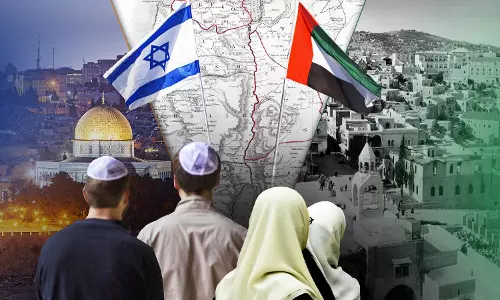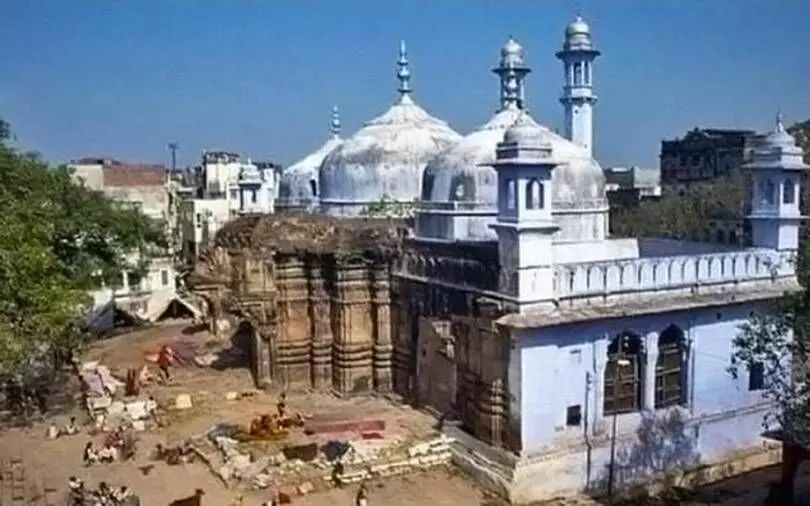
Varanasi follows Ayodhya's lead
text_fieldsAfter one and a half years, they have initiated the attempts to grab these 'remaining' places. A local court's directions to the Archeological Survey of India to check for remains of a temple under the Varanasi Gyanvapi mosque is the beginning of the same. It cannot be an innocent move that the court has brought up technical reasons to allow the archaeological officials to enter the premises based on a complaint that is over three decades old. The Gyanvapi mosque has been standing as a Muslim place of worship for over three and a half centuries. Historical documents testify to it that the mosque, near the Kashi Viswanath temple, was built by Mughal emperor Aurangzeb in 1669. However, Hindu extremists have alleged that Aurangzeb built the mosque after destroying the Shiva temple previously situated there. As Babri was being widely disputed in the 1990s, organisations including the VHP had demanded that Gyanvapi in Varanasi and Eidgah in Mathura be similarly retrieved. VHP also organised special campaigns for the purpose.
The aforementioned slogans were part of this campaign. To prevent riots kickstarted by this campaign, at least temporarily, the then Narasimha Rao government introduced the 'Places of Worship Act'. As per the Act, the status quo of the nature of places of worship would remain as it was on August 15, 1947, and no court proceedings are permitted on the same, the only exception allowed being the Babri masjid. This Act was enacted as a practical protective measure for the other places of worship named by Hindu extremists for demolition following the desecration of the Babri Masjid. The Act has had a huge role in the protection of the country's places of worship so far. The Allahabad High Court rejected a petition to retrieve the Gyanvapi masjid in 1998 citing the Act. However, it is doubtful if one could protect places of worship citing this Act any longer. Only a few weeks ago, the court responded positively to the plea filed by the BJP leader Ashwini Kumar Upadhyaya on amending this law. The court has asked for responses from the Centre regarding this. It is not difficult to guess what the Centre's stance on the matter would be.
It is in the backdrop of this important law, that forms the backbone of secularism and religious fraternity, being diluted that the judiciary is sending archaeology officials to GyanvVapi. The details of what this team did in Babri's land is now out in the open. They had given 'evidence' for the Ram Temple on the Babri land. However, what has come out now is evidence of a river flowing underneath the land. This has even caused a delay in building the new Ram Temple there. This same team will not find it difficult to locate evidence of a temple in Gyanvapi either. Even if they find such evidence, is it right or reasonable to take over the masjid? If we start taking over all constructions including places of worship with retrospective effect, what will be left? The Varanasi court's directions will vitiate the atmosphere regarding ownership of places of worship in different places across the country, like in Mathura. In these times with fascism on an onward march, the victims of these conflicts will undoubtedly be the minorities. Democratic forces of the nation must come forward to resist such conspiracies by the regime to create 'new Ayodhyas.'
























